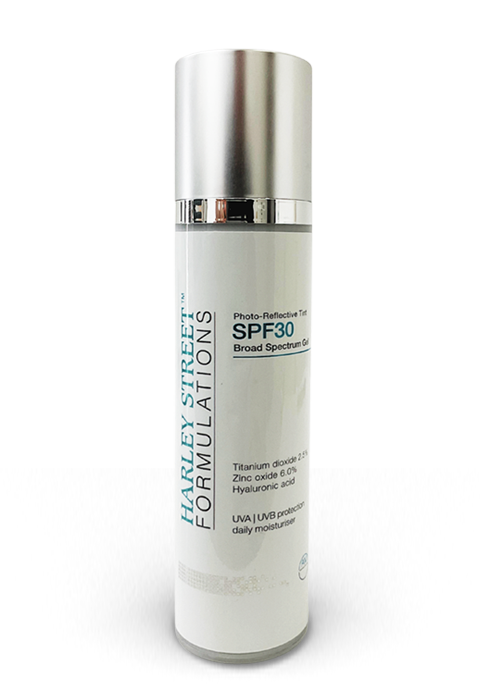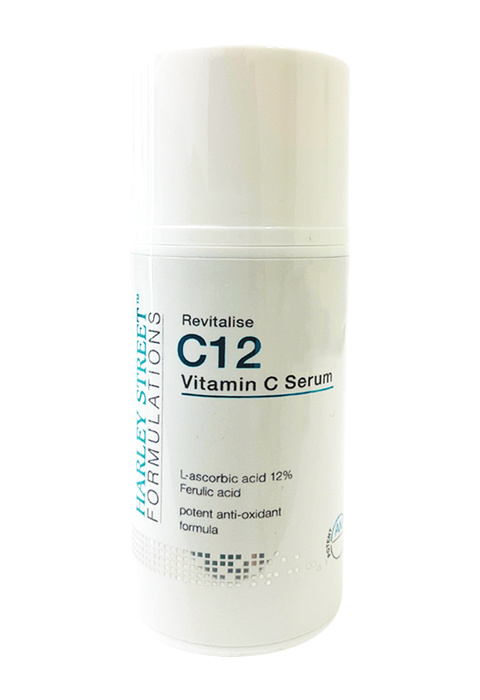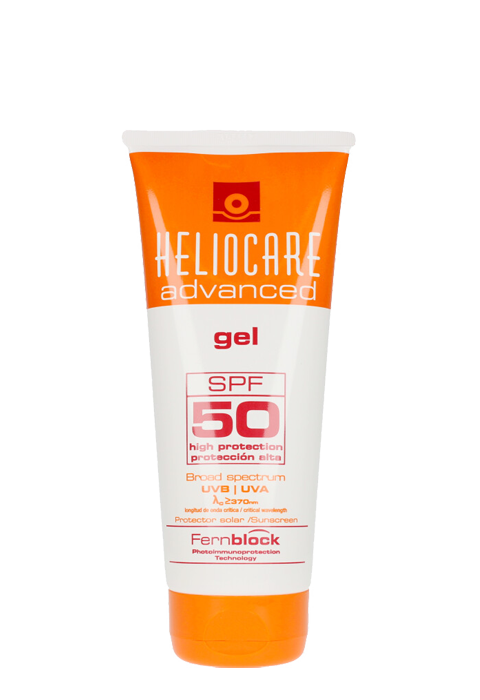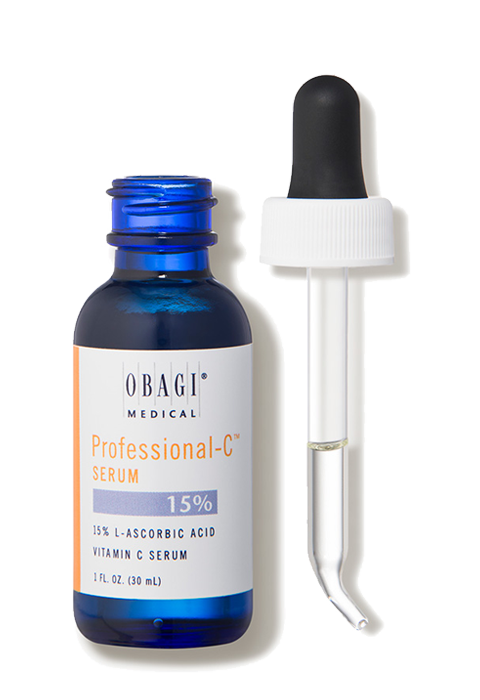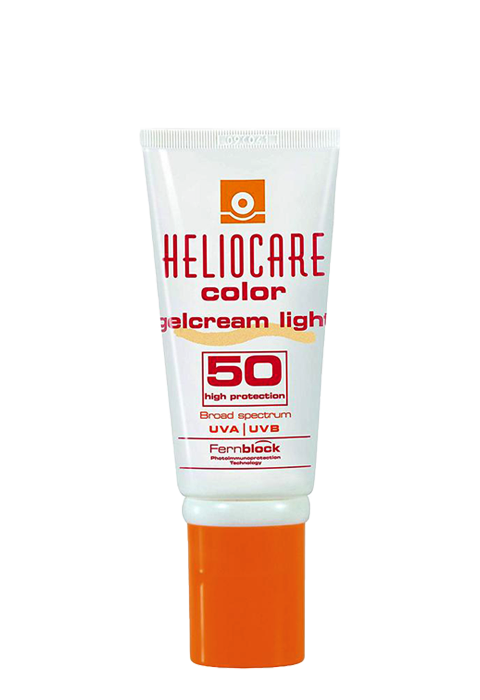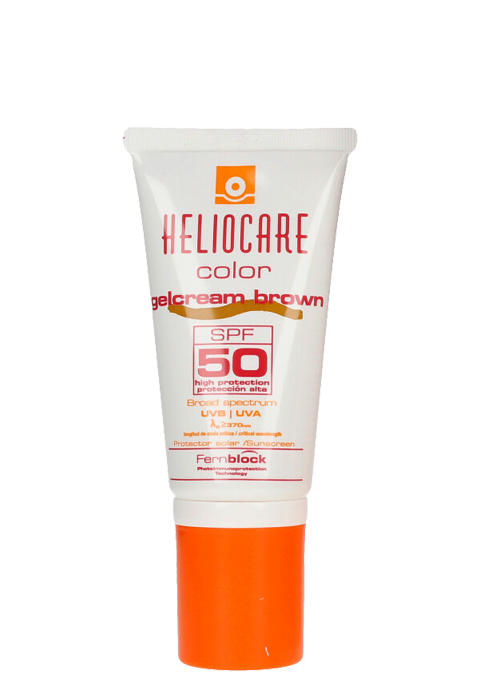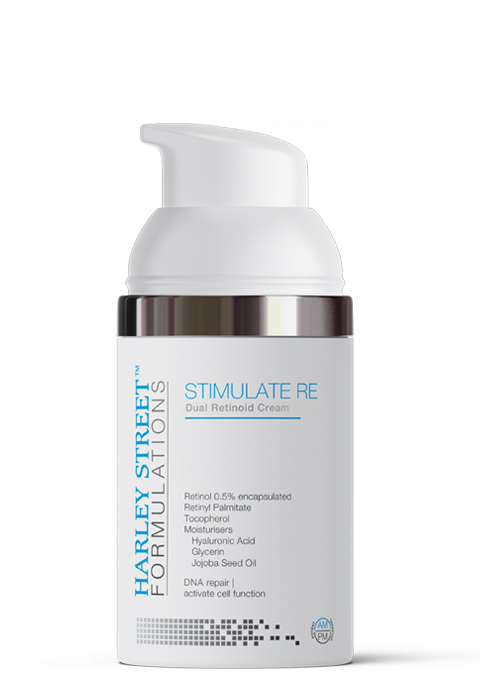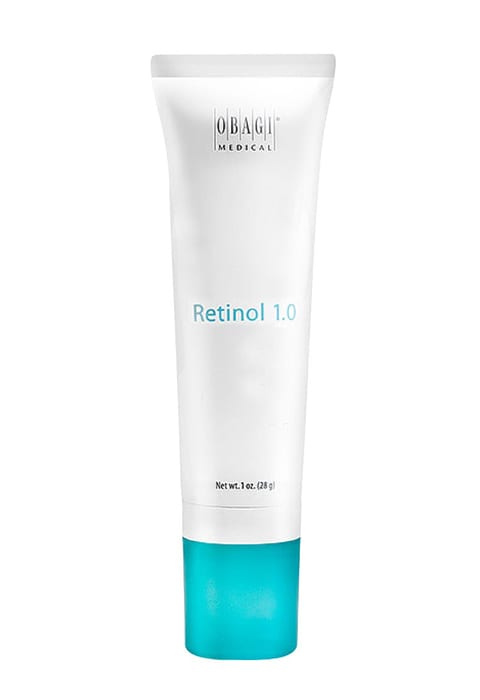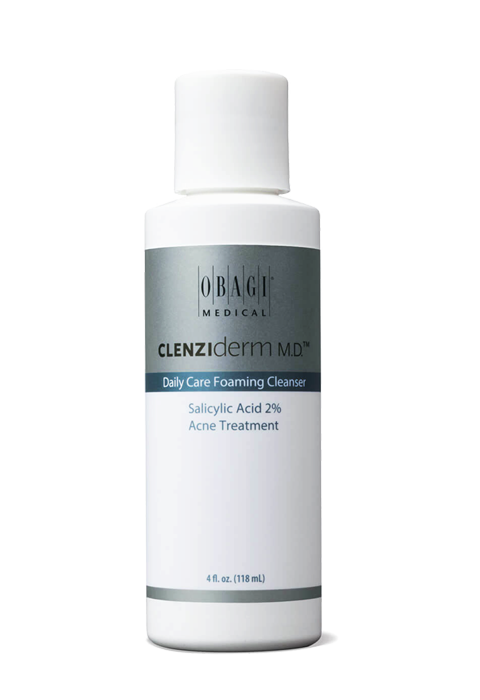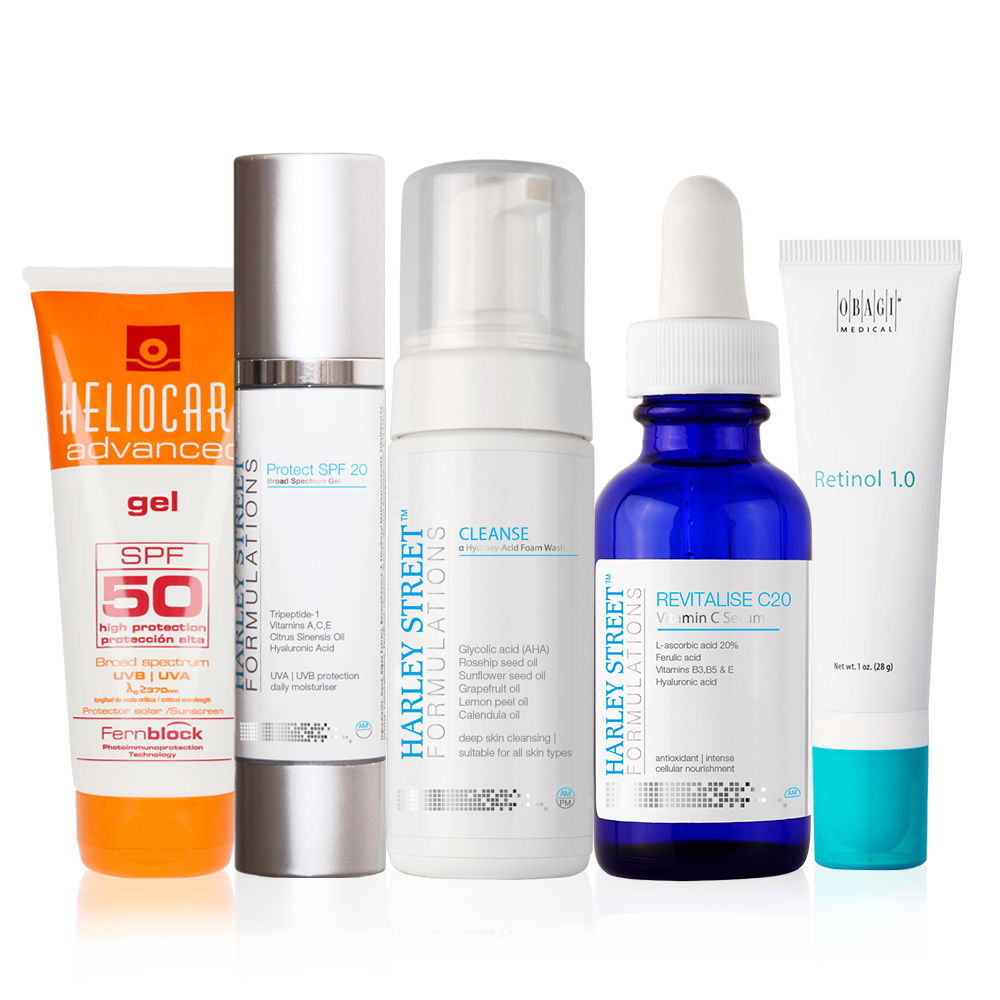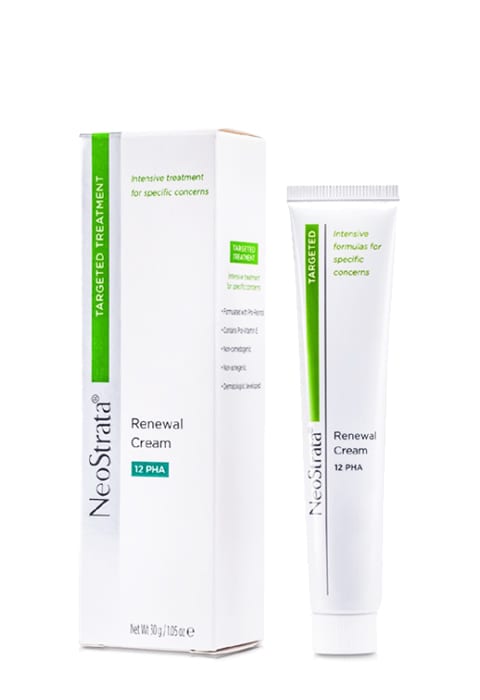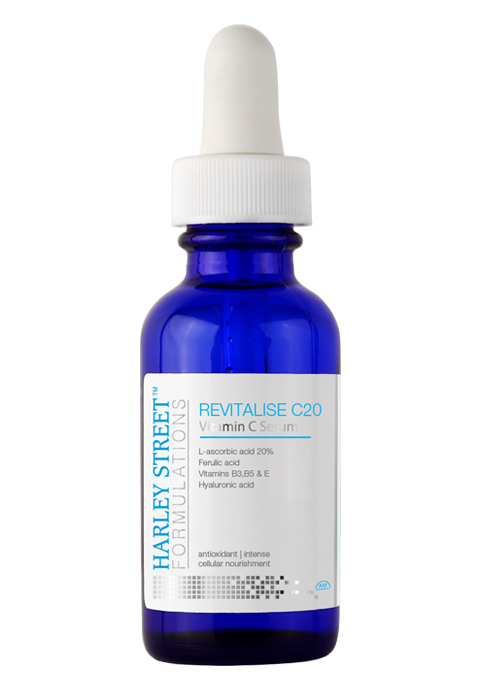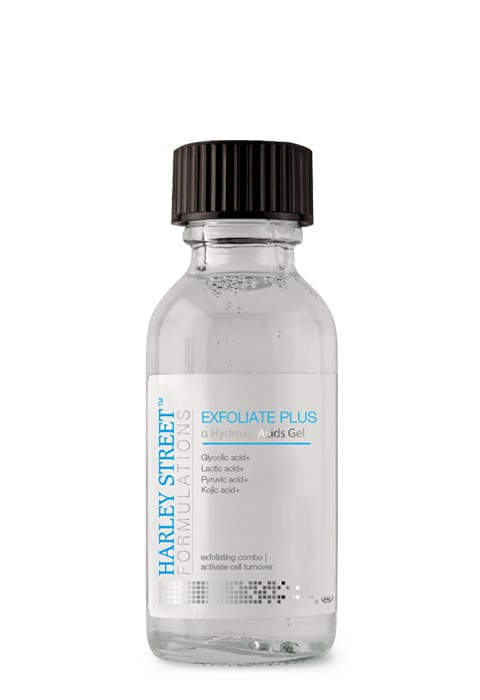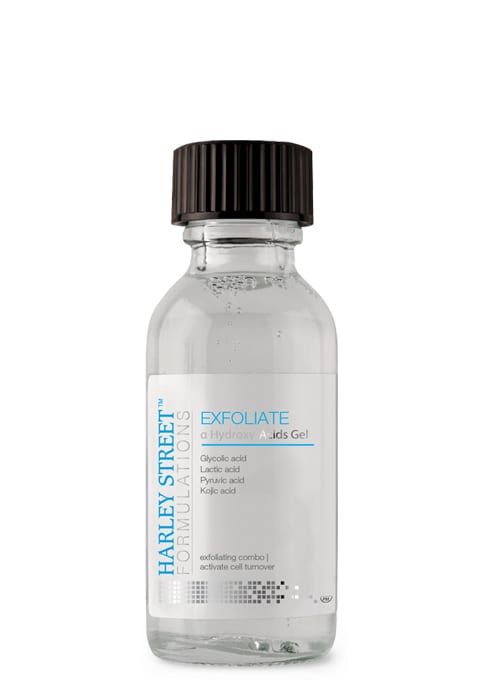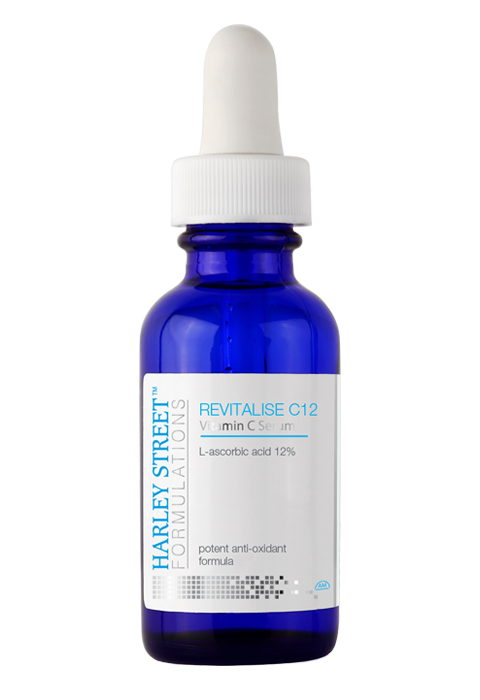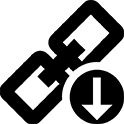- Anti Ageing At A Glance
- Biophysical Skin Changes - In-Depth Analysis
- Epidermis - The First Skin Layer
- Dermis - The Second Skin Layer
- Hypodermis- The Deepest Skin Layer
- Visible Skin Signs Of Ageing
- What Causes Skin Ageing? A Summary
- CRES Principles - A Summary
- The "C" Of CRES Principles: Cleanse
- The "R" Of CRES Principles: Revitalise
- The "E" Of CRES Principles: Exfoliate
- The "S" Of CRES Principles: Stimulate
-
Injectables
-
Botox -
Dermal
fillers -
Lip Fillers -
Non Surgical
Nose Job -
Chin Filler -
Under Eye Circles
(Tear Trough) -
Non Surgical
Face Lift -
Masseter Botox -
Jawline Filler -
Cheek Fillers - Calf Reduction
- Nefertiti Lift (Platysma) & Turkey Neck Bands
- Bunny Lines (Nose Wrinkles)
- Lip Flip
- Trigger Point Release
- T-Zone Oily Skin
- Dimpled Chin
- Nasal Flaring
- Gummy Smile
- Bruxism / TMJ
- Migraines / headaches
- Neck lines
- Forehead Indentations
- Botox Forhead Lines
- Botox Crows Feet
- Botox Frown Lines
- Profhilo
- PDO threads
- Hyperhidrosis (excessive sweating)
- Fat Dissolving
-
-
Skin & Body
-
V i s i t
- Chemical Peel
- Peel To Reveal Popular
- PRP (Vampire Facial)
- Prescription Grade Skin Care Popular
- Charity A Peel
- Hydrafacial
- Micro Needling (electronic) Popular
- Acne Treatments
- Facial Thread Veins
- Leg Veins (Spider/Thread Vein)
- Skin Tag Removal
- Ageing Skin Concerns
- Hyperpigmentation
- Facial Volume Loss
- Lines & Wrinkles
- Sun Damage
- Stubborn Fat Deposits
- Black Heads & White Spots
- Jawline, Jowls & Double Chin
- Cellulite
- Tired Eyes
- Neck - Lines, Wrinkles & Cords
-
- Glow & Go TM Skin Shop
- Book an Appointment Book
- CosmeShop
- Cosmetic Surgery
- CosmeTalk
-
COSMESURG| Surgical
-
| Professional EducationHARLEY STREET
INSTITUTE -
| Skin CareHARLEY STREET
FORMULATIONS -
GLOW & GO| Skin Bar Clinic
-
COSMETALK| Public Education
-
INJECTABLES
Injectables
-
SKIN & BODY
Skin & Body
-
COSMESHOP
-
COSMETALK
View All Posts
Dermal Fillers Before And After – Get The Better Version Of Yourself Today
It is true! Beauty industry has been revolutionized, aesthetic treatments have been personalized and new beauty… - ABOUT US& Treatment Criteria
Visible Skin Signs of Ageing
As the mechanism of ageing has been explained in the previous article, let’s talk about some visible signs of skin ageing. Following are a few most noticeable signs.
1- Pores Enlarging: Initially, the signs of ageing appears in the form of open or wide pores which results in more oil production. The dead skin cells, dirt and debris combined with oil, clog skin pores. This facilitates the growth of bacteria leading to skin inflammation. Clogged pores may results in whiteheads and blackheads. Compounded by elastosis (abnormal elastin & loosening of elasticity, usually due to sun damage) pores get larger permanently. Treatment involves giving the skin a deep Cleanse.
2- Dyschromia: The skin tone becomes imbalanced due to the irregular and excessive deposition of melanin. Melanin is induced by melanocytes as a result of free radical irritation and is more noticeable on the face because of UV radiation. Free radicals also lead to impaired function of other cells in the skin such as fibroblasts and immune mediators.Age spots are hyperpigmented spots. Where ageing leads to dyschromia or uneven skin tone, it also causes age spots. They are formed due to an excess production of melanin in a focal area. They occur due to damage caused by sun exposure and specially UV rays that lead to free radical production. Treatment involves to Revitalise the skin with melanin inhibitors (skin brighteners), antioxidants to reduce free radicals, oxidative stress and damage due to glycation.
3- Hyperkeratosis: Slowing of the skin cycle give rise to thickening of the superficial layer of dead skin cells. The thicker stratum corneum leads to coarse and rough skin texture as well as contributing to dry skin as less water is diffused throughout the accumulated extra layers. The thicker stratum corneum also holds more melanin further dulling the skin. Treatments encompasses to Exfoliate the skin.
4- Skin Layers Thinning: The healthy lower layers of the epidermis becomes thinner, cells (keratinocytes) become fragile and function sub-optimally. The dermis become thin due to a loss of collagen, elastin, hyaluronic acid and other components of the extracellular matrix forming static lines. The hypodermic loses fat volume and the strong fibrous ligaments connecting from the deeper layers to the dermis weaken. Direct stimulation at a cellular level is caused by retinoids, growth factors and peptides and anti-inflammatory agents (MMP Inhibitors – COX inhibitors and 5-LOX inhibitors). Indirect stimulation involves processes that promotes dermal remodeling via micro needling, Platelet Rich Plasma as well as regular exfoliation. The deeper layers of the hypodermis and subcutaneous tissue response well to stimulation by PDO Threads as well as partly to Ultrasonic and Radiofrequency wave treatments.
Skin with ageing becomes drier. This is due to the combination of factors mentioned above which include drop in natural moisturising factor, collagen, elastin as well reduced sebum production and irregular deposition of GAG molecules such as hyaluronicacid. Extrinsic factors such as photo ageing accelerate these processes.
Treatments involve to Stimulate the various layers of the skin with ingredients that either directly or indirectly stimulate production and decrease inflammatory degradation of collagen, elastin, hyaluronic acid as well as other extracellular matrix components.
Further Reading from Skin Ed
CosmeTalk Articles
Testimonials #Cosmestories
2
I had a botox treatment with cosmodocs. I found the price very reasonable. Even better the results were excellent. I will definitely use this service again.” – BH
3
I am a very satisfied customer of Cosmedocs – I’ve had three facial areas treated with Anti-Wrinkle Injection at CosmeDocs in recent years, and find the treatment swift, thorough and effective. Also, Dr Haq’s pleasant and friendly manner makes the treatment as painless as possible!” – CFSP
CosmeShop

-See more products












